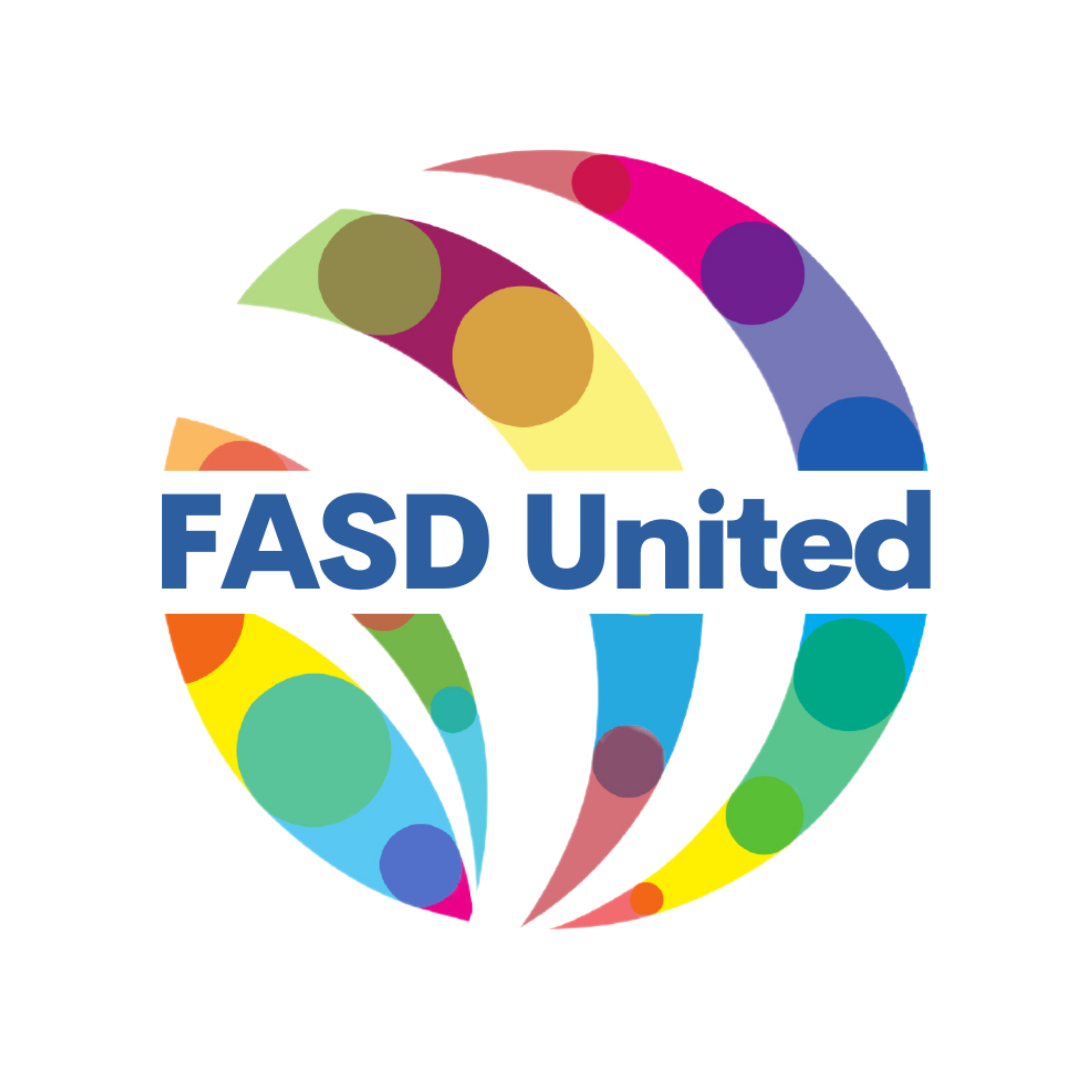Your cart is currently empty!
FASD NPN Spotlight: American Association of Medical Assistants (AAMA)

FASD United is excited to spotlight each of the organizations that are part of CDC’s National Partner Network (NPN), a collaborative coalition of organizations dedicated to advancing key goals, including reducing prenatal alcohol exposure (PAE) and substance use, enhancing support services and access to care, and improving the identification and health of children and families impacted by FASDs. As a proud participant in this collaborative effort from 2022 to 2026, FASD United is honored to contribute to public education on FASD and prenatal substance exposure alongside these exceptional partners.
This February, we are proud to feature the American Association of Medical Assistants (AAMA), a key member of the NPN that works closely with the University of Nevada, Reno and their School of Public Health. I spoke with Donald Balasa, who has served as Chief Executive Officer and legal counsel of AAMA since 1990, about AAMA’s important work to address FASD. AAMA is the oldest and largest association dedicated to the advancement of the medical assisting profession in the United States. AAMA has about 25,000 members and among its various services, provides continuing education credits for medical assistants.
Through the NPN, AAMA works in close collaboration with the Center for the Application of Substance Abuse Technologies (CASAT) at the University of Nevada, Reno to educate and train medical assistants on ways to reduce alcohol-exposed pregnancies and intervene with patients who may engage in risky or hazardous alcohol use. Throughout our conversation, Don Balasa expressed his deep gratitude to the CASAT team for their “expertise and leadership” and to the CDC for “the guidance they have provided.”
Don described AAMA’s work through the NPN as focusing on educating their medical assistant members through in-person events and through a robust library of continuing education resources that address the prevention of alcohol-exposed pregnancies. “People can learn all about FASD by reading our articles online and watching our videos on this topic” Don explained, and these resources are all available on the AAMA website.” AAMA conducts many in-person train the trainer events, which Don describes as being “very successful” and are often featured at the AAMA’s annual conference, as well as at regional workshops.
Don remarked that, “Our train the trainer sessions have been the one effort that I am the most proud of, and the reason is that they enable us to expand our reach in educating medical assistants by having people that are trained in these sessions able to go back to their communities and disseminate this information to their fellow medical assistants and especially to their patients.”
A major asset of the AAMA is their team’s skill at taking the high-level messages around the risks of alcohol and pregnancy and breaking it down into understandable language. “At AAMA, we take the information and distill it down into a form that is conveyable by medical assistants to patients in a way they can easily understand.” The tangible impact of this work is that medical assistants across the country are now educated about alcohol and pregnancy and empowered to educate others.
“We are in effect sending out a cadre of medical assistants who are trained to convey the crucial messages around PAE prevention, which is really multiplying the message and expanding its reach,” Don Balasa told me.
“In many cases, medical assistants can communicate more effectively with patients than licensed providers, because patients are often more willing to speak with medical assistants when they may feel intimidated by providers.”
The AAMA has received a tremendous amount of effusively positive feedback about its trainings related to alcohol and pregnancy. Medical assistants have expressed that while these trainings have given them tools on how to talk with patients about PAE prevention, these very same tools are proving effective at addressing any harmful or risky behavior by their patients in general. As Don puts it, “That has really stood out as a huge benefit of these sessions.”
AAMA has developed many products through the NPN, including the Medical Assistant Partnership (MAP) for Healthy Pregnancies and Families. The project’s goal is to “increase knowledge about prenatal alcohol/other substance use; increase collaboration of public/clinical health partners; and increase linkages with resources for children/families with FASDs.”
Specific products developed by this partnership include many “walk and talk” materials on a range of topics, as well as a course on “FASD Prevention Communication Skills Training.” MAP has champions across 20 states, and these champions “include medical assistants, medical assistant educators, and related roles who have successfully completed a Training of Trainers program.” More information is available on their website at fasdmap.org.
Don told me that, “The products we have on our website, in addition to educating medical assistants, have also been used by other members of the FASD community.” Even licensed medical providers find the information in these CEUs to be very helpful and “the prevention message is disseminated widely through these products.”
Speaking about their partnership with the University of Nevada, Reno, Don emphasized that, “The team at the University has perfected techniques on how to talk with patients about their alcohol use. They have really figured out how to put the information about FASD in a very appealing format.”
Being part of the CDC-funded NPN is the spark that gives AAMA that extra charge to take their work to the next level. As Don puts it, “Being part of the NPN and working with the CDC has been invaluable. We really need the expertise from this partnership to provide our medical assistants with this crucial information on alcohol and pregnancy.” Through a dedicated steering committee, AAMA provides direct feedback to other members of the NPN, which serves to reinforce the strength of the NPN.
As an attorney and non-clinical specialist, Don Balasa told me how he has found it personally extremely helpful to participate in the AAMA’s training sessions and learn all about FASD and prenatal alcohol exposure, topic areas that he acknowledges are of critical importance for him in his role as the CEO of the AAMA.
“It is so valuable to learn from the other partners, not only the clinical and scientific aspect of their work, but to learn the strategies they have employed” which Don describes as being “very valuable to us at AAMA, and we have been able to adapt these strategies to our environment and bring them to our members.”
As Don described all the ongoing success of AAMA’s work with the NPN, he reflected on the challenges the field continues to face. “Our medical assistants are often amazed at just how little some of their patients know about the risks of alcohol during pregnancy. Of course, there is a lot of misinformation that is circulating through the internet and other sources, that is not scientifically accurate.”
Don Balasa reiterated the unique relationship that medical assistants have with their patients. “Some patients are inclined to believe medical assistants more than some of the licensed providers, so I think we are standing in the gap, giving this crucial information to the people who need it, and communicating it in a way where the message is really getting across to patients.”
When I asked Don what he most wanted readers to take away from this spotlight, he made it clear that he wants everyone to know just how much gratitude he feels towards his collaborators and partners. “On behalf of AAMA, we are all so truly grateful to the University of Nevada, Reno and their team, to the CDC and their dedicated experts, and to all of the other members of the National Partner Network.”
*This project is supported by the Centers for Disease Control and Prevention of the U.S. Department of Health and Human Services (HHS) as part of a financial assistance award funded by CDC/HHS. The contents are those of the author(s) and do not necessarily represent the official views of, nor an endorsement, by CDC/HHS, or the U.S. Government.
